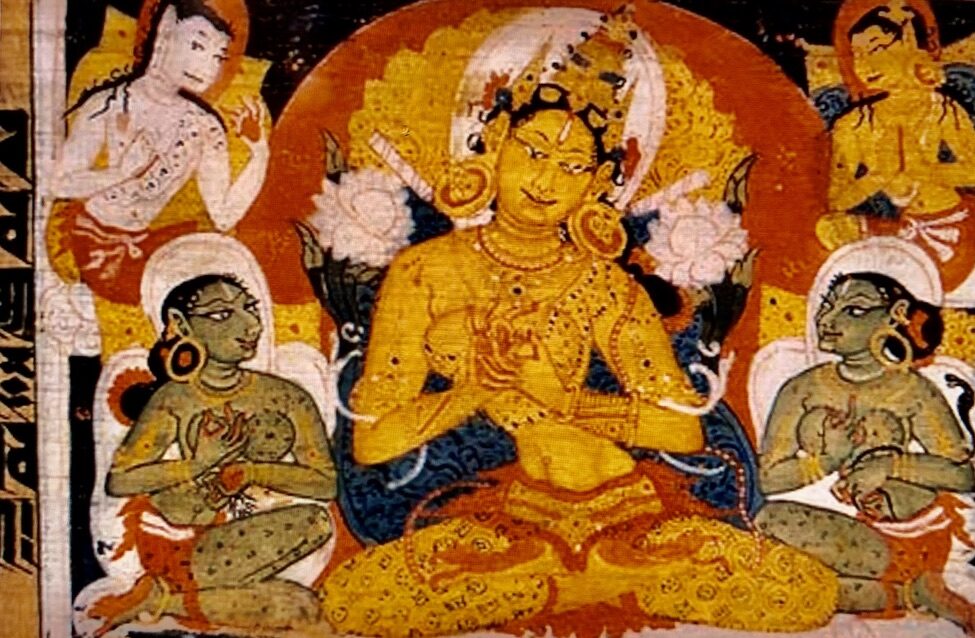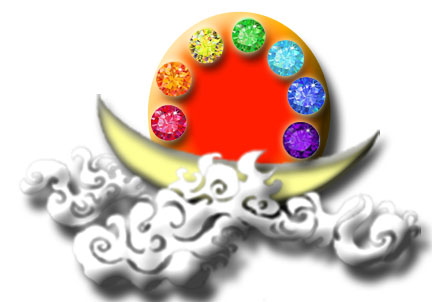
We know that there are many lists of dharmas within Buddhism, but the ultimate list of lists can be found in the Prajnaparamita Sutras. Basically they fall into three categories, wholesome dharmas (punya) that produce good karma or those for the purification of practice; unwholesome dharmas (apunya) that produce negative karma and are related to suffering; and indeterminate dharmas (anipunya) that have no karmic effect per se. The wholesome dharmas are further classified according to who has perfected them: the worldly dharmas with “outflows” that are found in ordinary beings and the supramundane without “outflows” that are the paths of saints. The latter contains the Common paths of a saint that includes the four stages of the Hinyayana path, the Pratekyabuddha path, and the 10-13 stages of the Bodhisattva path, and the many un-common wholesome dharmas that only manifest in a Buddha
Outflows (asravas), are also known as “cankers” or “floods.” They are the four basic defilements of sensual desire (kamasava), desire for continued existence (bhavasava), false views (ditthasava), and ignorance of the truth (avijjasava) that are the cause of repeated rebirths. The hinayana tradition usually lists only the first three.]



Add comment